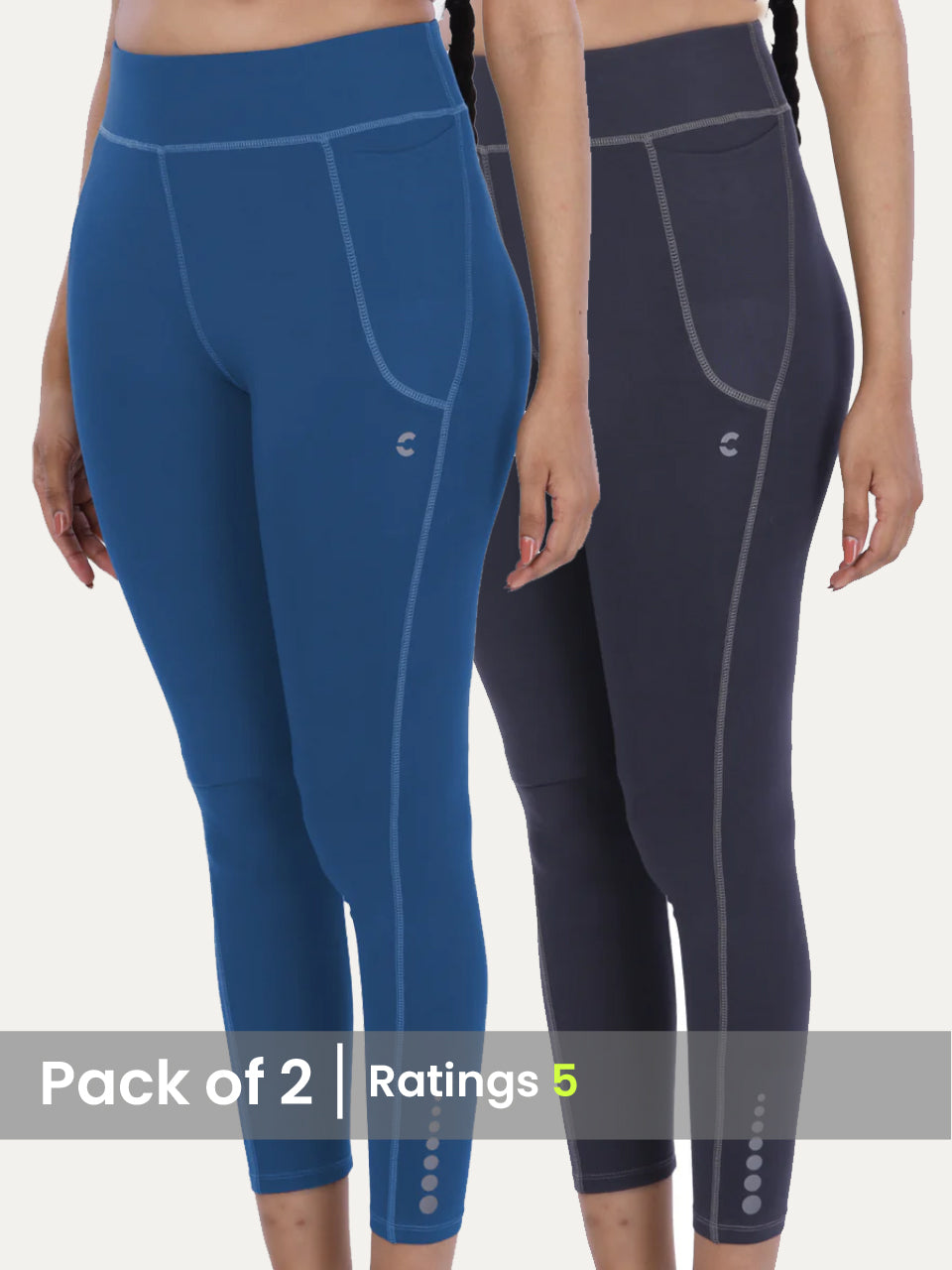Beyond mere comfort, the precise fit of undergarments significantly impacts physiological well-being and garment performance. Ill-fitting underwear, a common oversight, can restrict circulation, impede athletic movement. Cause skin irritation, particularly with the proliferation of moisture-wicking and compression fabrics prevalent in today's activewear and everyday essentials. Generic S, M, L labels often fail to account for nuanced body variations, leading to discomfort or reduced efficacy of advanced textile technologies. Understanding an accurate underwear size chart empowers consumers to select garments that support natural body contours, promote breathability. Maintain hygiene, preventing issues like chafing during extended wear or compromised support during dynamic activities. Achieving the perfect fit transforms underwear from a simple necessity into a foundational element of personal comfort and health.

Why Your Underwear Size Matters More Than You Think
Ever pull on a pair of underwear only to feel like you're either being squeezed like a sausage or swimming in fabric? You're not alone! It might sound simple. Getting your underwear size right is a total game-changer for comfort, confidence. Even your health. Think about it: underwear is the closest thing to your skin all day, every day. If it's too tight, you're dealing with uncomfortable digging, chafing. Visible lines under your clothes. Too loose. You're constantly adjusting, feeling unsupported. Potentially dealing with bunching. I remember once, I had a big presentation. My underwear was just a tiny bit too snug. All I could focus on was the discomfort, not my slides! It was a real wake-up call that ignoring fit isn't just a minor annoyance; it can seriously impact your day.
Beyond comfort, ill-fitting undies can lead to skin irritation, circulation issues. Even increase the risk of certain infections. Plus, let's be honest, the right fit simply looks better. It provides a smooth silhouette, allowing your outer clothing to drape naturally. So, let's ditch the guesswork and learn how to find your perfect match using an underwear size chart.
Decoding the Underwear Size Chart: Essential Measurements You Need
Before you even glance at an underwear size chart, you need to know your own measurements. This is the absolute foundation for finding your perfect fit. Don't just guess or rely on your pant size – those can vary wildly. You'll need a flexible measuring tape for this.
- Waist Measurement This is where you measure the narrowest part of your natural waistline, usually just above your belly button. Make sure the tape is snug but not tight. Parallel to the floor. Breathe out naturally before taking the measurement.
- Hip Measurement For your hips, measure around the fullest part of your hips and glutes. Again, keep the tape parallel to the floor and snug without digging in. This is crucial, especially for styles like briefs, thongs. Boxer briefs that rely on hip fit.
Sometimes, especially for men's boxer briefs or women's boy shorts, you might also see a need for a thigh measurement. If a specific underwear size chart asks for it, measure around the fullest part of your thigh.
Navigating the Underwear Size Chart for Different Styles
While the core measurements (waist and hip) are universal, how they translate on an underwear size chart can feel a bit different depending on the style you're eyeing. A good underwear size chart typically provides guidance for various cuts. Understanding the nuances helps.
- Briefs & Bikinis These styles rely heavily on your hip measurement for a comfortable leg opening and proper coverage. The waist measurement ensures the waistband sits correctly without rolling or digging.
- Boxers Often, boxers are sized more generously, focusing primarily on the waist measurement for comfort around the midsection. Their loose fit means hip measurement is less critical for the overall garment but still helps ensure they don't feel baggy.
- Boxer Briefs & Trunks These are a blend, so both waist and hip measurements are essential. The waist ensures a secure fit, while the hip measurement dictates how the leg opening and overall fabric around the thighs will feel – you don't want them cutting off circulation or riding up.
- Thongs & G-Strings Primarily rely on hip measurements for the band that sits around your hips. Waist is less of a factor. Checking the underwear size chart for hip range is paramount for comfort.
- High-Waist Styles For these, your natural waist measurement is key. Some charts might also include a measurement for the rise (from crotch to waistband) to ensure the high-waist actually hits where you want it to.
While an underwear size chart provides a standard, remember that personal preference for fit (snug vs. Relaxed) also plays a role. If you're between sizes, consider if you prefer a tighter or looser feel. Adjust accordingly.
Brand Variations and How to Handle Them
Here's where things can get a little tricky: not all brands use the exact same underwear size chart. Just like with jeans or t-shirts, sizing can vary significantly from one manufacturer to another. A "Medium" from one brand might be closer to a "Small" or "Large" from another.
Why does this happen?
- Different Measuring Standards Brands might have slightly different ideas about where "the natural waist" is, or how much ease (extra room) to build into their garments.
- Target Markets Some brands design for a specific body type or demographic, leading to variations in their fit models and subsequent sizing.
- Fabric & Stretch The material composition (e. G. , cotton, modal, spandex) greatly influences how underwear stretches and conforms to the body. A brand might adjust its underwear size chart based on the stretchiness of their fabrics.
- Always Check the Brand's Specific Underwear Size Chart This is non-negotiable! Don't assume your size from one brand will carry over to another. Most reputable online retailers will have a dedicated underwear size chart link on the product page.
- Read Reviews Look for comments about sizing. Do people say it runs small, true to size, or large? This collective wisdom is invaluable.
- Compare Your Measurements Line up your exact waist and hip measurements with the brand's recommended range on their underwear size chart.
Here’s a simplified example of how brand charts might differ (note: these are illustrative and not actual brand sizes):
| Size | Brand A (Waist/Hips in inches) | Brand B (Waist/Hips in inches) |
|---|---|---|
| Small | 28-30 / 34-36 | 29-31 / 35-37 |
| Medium | 31-33 / 37-39 | 32-34 / 38-40 |
| Large | 34-36 / 40-42 | 35-37 / 41-43 |
As you can see, even for similar sizes, the exact measurements can shift slightly. This is why checking each specific underwear size chart is so essential.
The Hidden Dangers of Ill-Fitting Underwear
We've touched on discomfort. Let's dive a bit deeper into why wearing the wrong underwear size can be detrimental to your well-being. It's not just about feeling a bit squished; there are genuine health considerations.
- Chafing and Skin Irritation Underwear that's too tight or has ill-placed seams can rub against your skin, leading to painful chafing, redness. Even rashes. This is especially common in the groin area or inner thighs.
- Reduced Airflow and Moisture Trapping Overly tight underwear, especially those made from synthetic materials, can trap heat and moisture. This creates a warm, damp environment that's perfect for the growth of bacteria and yeast, potentially leading to yeast infections, jock itch, or bacterial skin infections.
- Circulation Issues Constrictive elastic bands around the waist or legs can impede blood flow, leading to numbness, tingling, or discomfort. While not usually severe for short periods, chronic constriction can be problematic.
- Digestive Discomfort If your waistband is too tight, it can put pressure on your abdomen, potentially leading to indigestion or discomfort, especially after meals.
- Impact on Male Reproductive Health For men, consistently wearing very tight underwear can raise the temperature in the scrotal area, which some studies suggest could potentially affect sperm production and motility over time. While the evidence isn't conclusive, opting for a comfortable fit that allows for breathability is generally recommended.
- Wardrobe Malfunctions & Aesthetic Issues Aside from the health aspects, ill-fitting underwear can create visible lines (VPL - Visible Panty Line), cause fabric to bunch up under clothing, or simply make your outfit look less polished.
The bottom line? Your comfort and health are worth prioritizing. Using an accurate underwear size chart to get the right fit is a simple step towards a happier, healthier you.
Your Step-by-Step Guide to Using an Underwear Size Chart
Okay, so you're ready to upgrade your underwear drawer with perfectly fitting pieces. Here’s your actionable, step-by-step guide to confidently using an underwear size chart:
- Measure Yourself Accurately
- Grab a flexible measuring tape.
- Measure your natural waist (narrowest point, above belly button).
- Measure your hips (fullest part of your glutes and hips).
- Note down both measurements in inches and/or centimeters.
- Identify the Underwear Style You Want
- Are you looking for briefs, boxers, thongs, boxer briefs, etc.?
- Keep in mind how different styles might prioritize waist vs. Hip measurements.
- Find the Brand's Specific Underwear Size Chart
- If shopping online, look for a "Size Guide," "Size Chart," or "Fit Guide" link on the product page.
- If shopping in-store, check the packaging or ask an associate.
- Compare Your Measurements to the Chart
- Locate your waist and hip measurements on the brand's underwear size chart.
- See which size range (S, M, L, or numerical size) your measurements fall into.
- Consider Your Fit Preference
- If you're between sizes, decide if you prefer a snugger or looser fit. For example, if your waist is at the high end of a Medium but your hips are at the low end of a Large, consider which measurement is more critical for the style you're buying.
- When in doubt, especially for styles like boxer briefs or anything with a leg, often sizing up slightly is safer than sizing down to avoid digging.
- Read Customer Reviews (Especially for Online Purchases)
- Look for feedback on sizing. Do others say it runs true to size, small, or large? This is invaluable real-world data.
- Check Return Policies
- Especially for online purchases, grasp the return or exchange policy. While underwear often has strict return policies for hygiene reasons, some brands are more lenient if the item is unworn with tags.
By following these steps, you'll significantly increase your chances of finding that perfectly comfortable, invisible-under-your-clothes fit. The underwear size chart is your map. Your measuring tape is your compass!
Beyond the Underwear Size Chart: Tips for Online Shopping Success
Buying underwear online can feel a bit like a gamble since you can't try it on. But with your newfound knowledge of the underwear size chart and a few extra tips, you can become an online underwear shopping pro!
- Don't Skimp on the Fabric Details Beyond the underwear size chart, pay attention to the material composition.
- Cotton Breathable, soft, good for everyday. Less stretch.
- Modal/Bamboo Extremely soft, good drape, moisture-wicking. Moderate stretch.
- Spandex/Lycra/Elastane Provides stretch and shape retention. The higher the percentage, the stretchier and often more forgiving the fit.
- Nylon/Polyester Durable, quick-drying. Can be less breathable.
- Look for "Fit Notes" or "Model Is Wearing" data Some brands provide extra details like "Model is 5'10" and wearing a size M," along with the model's measurements. This can give you a visual reference point against the underwear size chart.
- Consider Multipacks for Testing If a brand's underwear size chart seems to put you between sizes, or you're just unsure, sometimes buying a smaller multipack (e. G. , a 2-pack) first can be a good way to test the fit before committing to a larger quantity.
- grasp Return/Exchange Policies (Again!) While most underwear is final sale for hygiene, some brands offer specific policies for unworn items or have a satisfaction guarantee. Always check before clicking "buy."
A fabric with more stretch (e. G. , a higher percentage of spandex) might offer a bit more flexibility if you're between sizes on the underwear size chart.
Case Study: My Journey to Perfect Boxer Briefs
For years, I just grabbed whatever boxer briefs were on sale, usually assuming my "pant size" would translate. I’m a 32-inch waist, so I always picked "Medium." But I frequently dealt with leg openings that rode up or bunched. A waistband that dug in after a few hours. When I finally decided to invest in better quality, I made sure to check the specific underwear size chart for the brand I was interested in. Turns out, for that particular brand, my 32-inch waist was squarely in their "Small" category, while my hip measurement pushed me slightly into "Medium."
After reading reviews that said "size up if you have athletic thighs," I decided to go with a Medium. When they arrived, the fit was revolutionary! The waistband sat perfectly, the legs stayed put. There was no digging. It was a clear example that blindly following a general size or even just one measurement on an underwear size chart isn't enough – you need to consider all your measurements, the specific brand's chart. Real-world feedback.
When to Update Your Underwear Size Chart Knowledge
Your body changes. So should your understanding of your ideal underwear size chart fit! It's not a "measure once, know forever" situation. Here are key times when it's smart to whip out that measuring tape again:
- Significant Weight Changes Whether you've gained or lost weight, your waist and hip measurements are likely to have shifted. What fit perfectly before might now be too tight or too loose.
- Pregnancy and Postpartum Pregnancy dramatically changes body shape, requiring different sizing. Postpartum, your body will continue to change, so regular re-measurement is key for comfort.
- Major Fitness Regimen Changes If you've started a new workout routine that's building muscle (especially in your glutes or thighs) or significantly reducing body fat, your measurements could change even if your weight stays the same.
- Aging As we age, our bodies naturally change. Fat distribution can shift. Muscles might lose some tone. Your comfort needs might evolve too.
- Experiencing Discomfort If you suddenly find your current underwear collection isn't feeling right – constant adjusting, digging, or bunching – it's a clear sign to re-measure and consult an underwear size chart again.
Making a habit of re-measuring yourself every 6-12 months, or whenever you notice a significant change in how your clothes fit, is a great way to ensure you're always buying the most comfortable and supportive underwear for your current body. Your body is dynamic. Your underwear should be too!
Conclusion
Ultimately, finding your perfect underwear fit isn't merely about avoiding discomfort; it's a foundational step towards daily confidence and well-being. Remember, your body evolves, so make it a habit to measure yourself periodically, perhaps annually, just as you would update your wardrobe. Don't be afraid to experiment beyond your usual size or brand; I personally discovered that sizing up in certain cuts, especially with performance fabrics, eliminated the dreaded "digging elastic" and significantly improved my comfort during long workdays. Embrace the current trend towards innovative blends like modal or Tencel, which offer superior softness and breathability, proving that comfort doesn't sacrifice style. The market's shift towards seamless designs and advanced moisture-wicking technology means there’s truly a perfect, almost invisible, fit for everyone now. Invest in this small but mighty detail of your wardrobe; a well-fitting pair of underwear fundamentally changes how you feel and move throughout your day, transforming potential irritation into effortless comfort.More Articles
Inner Wear – Foundation of Comfort & Daily ConfidenceMen's Brief – Secure Fit & All-Day Freshness
Trunks for Men – Superior Comfort & Flexible Movement
Trunks for Men – Lightweight Feel & Quick-Dry Performance
Men's T-Shirt – Everyday Essential & Perfect Fit
FAQs
Why bother with an underwear size chart anyway?
Using a size chart helps you find underwear that actually fits well, ensuring maximum comfort and preventing issues like chafing, pinching, or sagging. It makes a big difference in how you feel all day!
How do I measure myself correctly for underwear?
You'll typically need to measure two areas: your waist (the narrowest part of your torso, usually above your belly button) and your hips (the fullest part of your hips and glutes). Make sure the measuring tape is snug but not tight.
What if my measurements fall between two sizes on the chart?
If you're in between sizes, it's generally recommended to go with the larger size. This usually provides a more comfortable fit, reducing the risk of pinching or digging. For some styles, a snugger fit might be preferred. Comfort is key.
Are underwear sizes universal across all brands?
Unfortunately, no. Sizing can vary significantly from one brand to another. Even between different styles within the same brand. Always check the specific size chart provided by the brand you're buying from for the most accurate fit.
How can I tell if my current underwear doesn't fit properly?
Common signs include the waistband or leg openings digging into your skin, constant readjusting throughout the day, fabric bunching up uncomfortably, or feeling too loose and baggy. It should feel like a second skin, barely noticeable.
Can wearing the wrong underwear size cause any real issues?
Absolutely! Ill-fitting underwear can lead to various discomforts like chafing, skin irritation. Restricted movement. In some cases, overly tight underwear might even contribute to circulation issues or increased risk of certain types of infections due to reduced airflow.
I don't have a measuring tape. Any tips?
While a soft measuring tape is ideal, you can improvise by using a piece of string or ribbon, wrapping it around yourself, marking where it overlaps. Then measuring that length with a regular ruler or yardstick. For a truly accurate fit, But, borrowing or buying a proper tape is best.






